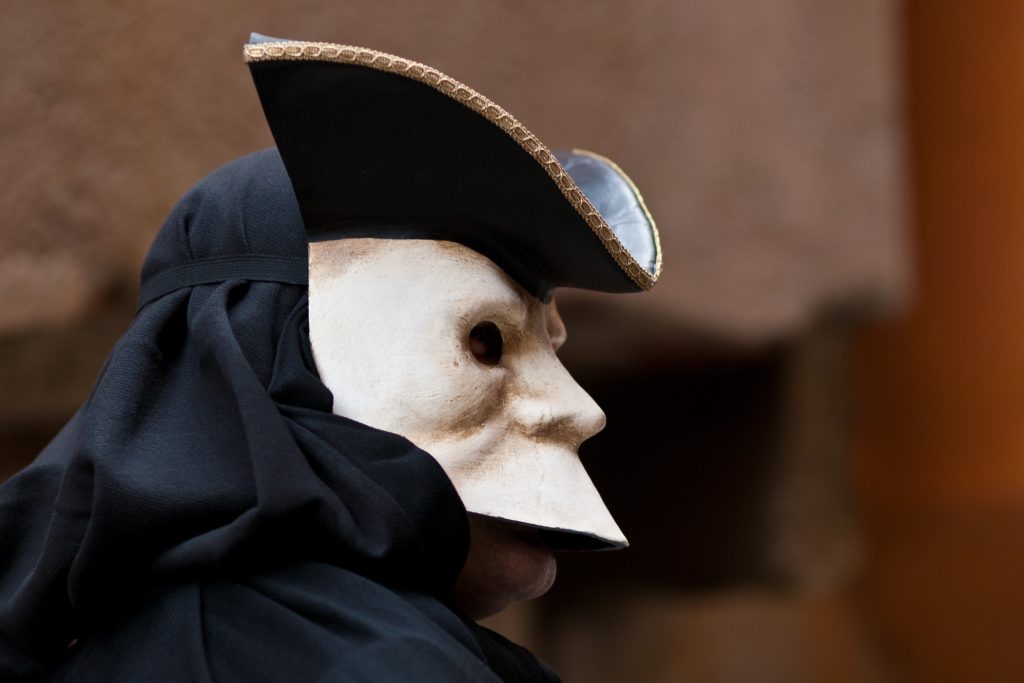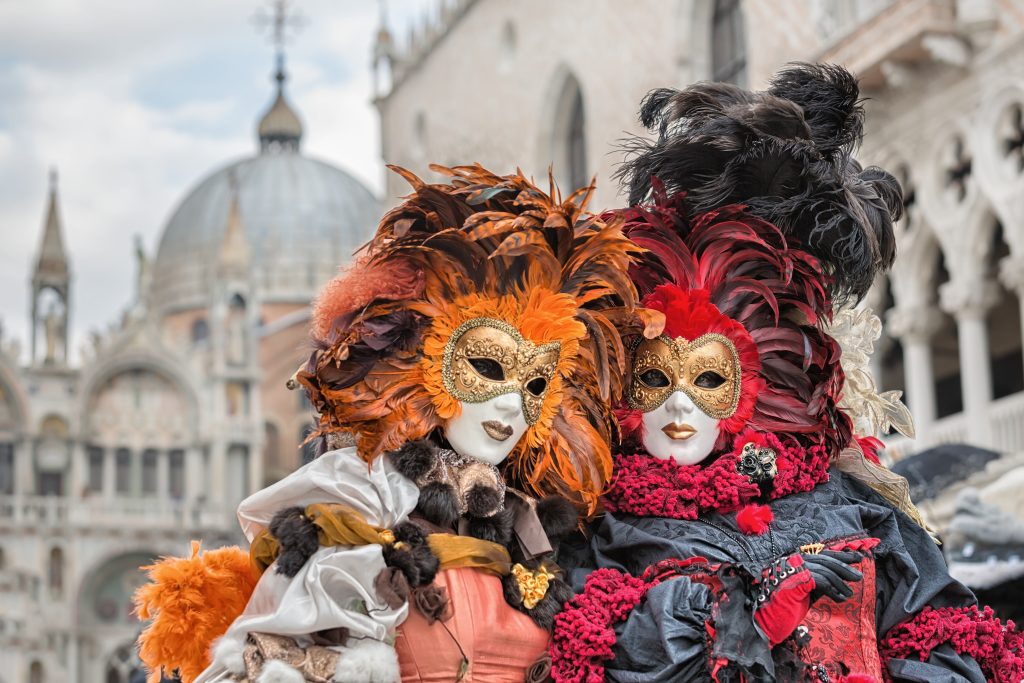
For centuries, the Venice Carnival has enchanted travelers from around the world with its extravagant masks, opulent costumes, and a rich history that dates back to the 12th century. If you’re planning a trip to Italy, especially Venice, experiencing this world-famous carnival is an absolute must. In this article, we’ll take you on a historical journey through the Venice Carnival, showcasing its captivating past and timeless allure.
The Venice Carnival’s roots can be traced back to the Middle Ages when it emerged as a period of revelry and celebration before the solemnity of Lent. It officially began in the 12th century when the Republic of Venice declared it an official public holiday. The carnival quickly gained popularity, attracting people from all walks of life.
The Golden Age of the Carnival
During the 18th century, the Venice Carnival reached its zenith. This era was marked by extravagant parties, masked balls, and a celebration of the city’s artistic and cultural achievements. The streets of Venice became a stage for elaborate theatrical performances, music, and dance.
Central to the Venice Carnival are the elaborate masks and disguises worn by participants. These masks allowed people to shed their social identities and class distinctions, fostering an atmosphere of anonymity and freedom. The most famous mask, the “Bauta,” is characterized by its white face, black cape, and tricorn hat.
Napoleon’s Suppression and Revival
In the early 19th century, Napoleon Bonaparte suppressed the Venice Carnival, considering it a threat to his rule. The carnival remained dormant for nearly two centuries until its revival in the late 20th century. Today, it continues to captivate visitors from around the world with its grandeur and historic charm.
The Venice Carnival is now a 12-day extravaganza that typically begins in late January and culminates on Shrove Tuesday, the day before Ash Wednesday. Visitors can expect a full schedule of events, including masked balls, traditional boat parades, and a contest for the most beautiful mask.

The Venice Carnival is a testament to the enduring allure of tradition and history. It offers a glimpse into a bygone era when Venice was a hub of culture, art, and creativity. As you wander through the enchanting streets of this floating city during the carnival, you’ll feel like you’ve stepped back in time, surrounded by the echoes of centuries-old celebrations. It’s a magical journey through history that will leave you with memories to treasure forever.

